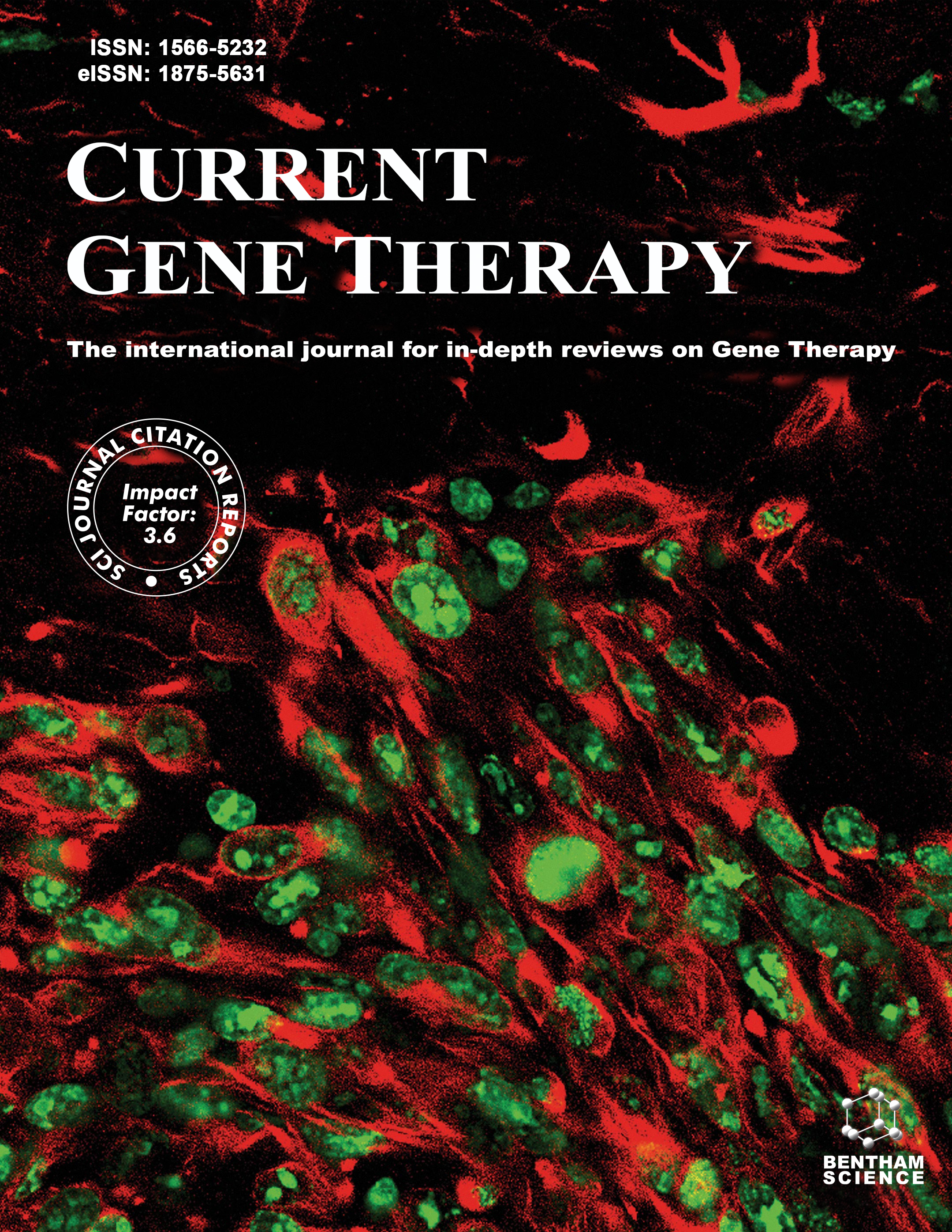
Full text loading...
We use cookies to track usage and preferences.I Understand
Lung cancer is a significant cause of cancer-related death worldwide. It can be broadly categorised into small-cell lung cancer (SCLC) and Non-small cell lung cancer (NSCLC). Surgical intervention, radiation therapy, and the administration of chemotherapeutic medications are among the current treatment modalities. However, the application of chemotherapy may be limited in more advanced stages of metastasis due to the potential for adverse effects and a lack of cell selectivity. Although small-molecule anticancer treatments have demonstrated effectiveness, they still face several challenges. The challenges at hand in this context comprise insufficient solubility in water, limited bioavailability at specific sites, adverse effects, and the requirement for epidermal growth factor receptor inhibitors that are genetically tailored. Bio-macromolecular drugs, including small interfering RNA (siRNA) and messenger RNA (mRNA), are susceptible to degradation when exposed to the bodily fluids of humans, which can reduce stability and concentration. In this context, nanoscale delivery technologies are utilised. These agents offer encouraging prospects for the preservation and regulation of pharmaceutical substances, in addition to improving the solubility and stability of medications. Nanocarrier-based systems possess the notable advantage of facilitating accurate and sustained drug release, as opposed to traditional systemic methodologies. The primary focus of scientific investigation has been to augment the therapeutic efficacy of nanoparticles composed of lipids. Numerous nanoscale drug delivery techniques have been implemented to treat various respiratory ailments, such as lung cancer. These technologies have exhibited the potential to mitigate the limitations associated with conventional therapy. As an illustration, applying nanocarriers may enhance the solubility of small-molecule anticancer drugs and prevent the degradation of bio-macromolecular drugs. Furthermore, these devices can administer medications in a controlled and extended fashion, thereby augmenting the therapeutic intervention's effectiveness and reducing adverse reactions. However, despite these promising results, challenges remain that must be addressed. Multiple factors necessitate consideration when contemplating the application of nanoparticles in medical interventions. To begin with, the advancement of more efficient delivery methods is imperative. In addition, a comprehensive investigation into the potential toxicity of nanoparticles is required. Finally, additional research is needed to comprehend these treatments' enduring ramifications. Despite these challenges, the field of nanomedicine demonstrates considerable promise in enhancing the therapy of lung cancer and other respiratory diseases.

Article metrics loading...

Full text loading...
References


Data & Media loading...

